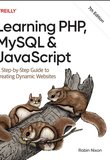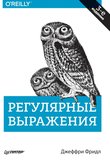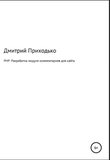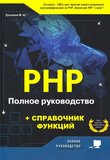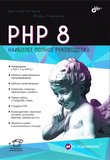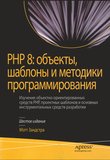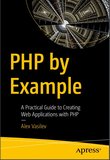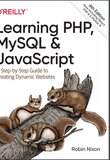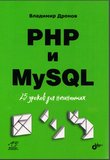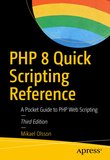-
.NET (.NET Core)
-
1C
-
APL
-
AWK
-
Agda
-
Agile/Scrum
-
Alef
-
Assembler
-
Basic
-
Beta Programming Language
-
Big Data/DataScience
-
C
-
C#
-
C++
-
CSS
-
Cobol
-
Crystal
-
D
-
Dart
-
DataBase (SQL)
-
Delphi
-
F#
-
Flutter
-
Fortran
-
GPT/AI/ИИ
-
GameDev
-
Git
-
Go (Golang)
-
HTML
-
Hacking and Security
-
Haskell
-
Java
-
JavaScript (JS)
-
Julia
-
Kotlin
-
Machine Learning (ML)
-
Natural language processing (NLP)
-
PHP
-
Pascal
-
Python
-
R
-
Ruby
-
Rust
-
Scratch
-
Swift
-
UML
-
UX/UI
-
Visual Basic
-
Wolfram
-
XML
-
АСУ
-
Проектирование/System Design
-
Сети/Network
-
Схемотехника/электронные схемы
-
.NET (.NET Core)
-
1C
-
APL
-
AWK
-
Agda
-
Agile/Scrum
-
Alef
-
Assembler
-
Basic
-
Beta Programming Language
-
Big Data/DataScience
-
C
-
C#
-
C++
-
CSS
-
Cobol
-
Crystal
-
D
-
Dart
-
DataBase (SQL)
-
Delphi
-
F#
-
Flutter
-
Fortran
-
GPT/AI/ИИ
-
GameDev
-
Git
-
Go (Golang)
-
HTML
-
Hacking and Security
-
Haskell
-
Java
-
JavaScript (JS)
-
Julia
-
Kotlin
-
Machine Learning (ML)
-
Natural language processing (NLP)
-
PHP
-
Pascal
-
Python
-
R
-
Ruby
-
Rust
-
Scratch
-
Swift
-
UML
-
UX/UI
-
Visual Basic
-
Wolfram
-
XML
-
АСУ
-
Проектирование/System Design
-
Сети/Network
-
Схемотехника/электронные схемы
Меню
Battle Ready Laravel: A guide to auditing, testing, fixing, and improving your Laravel applications
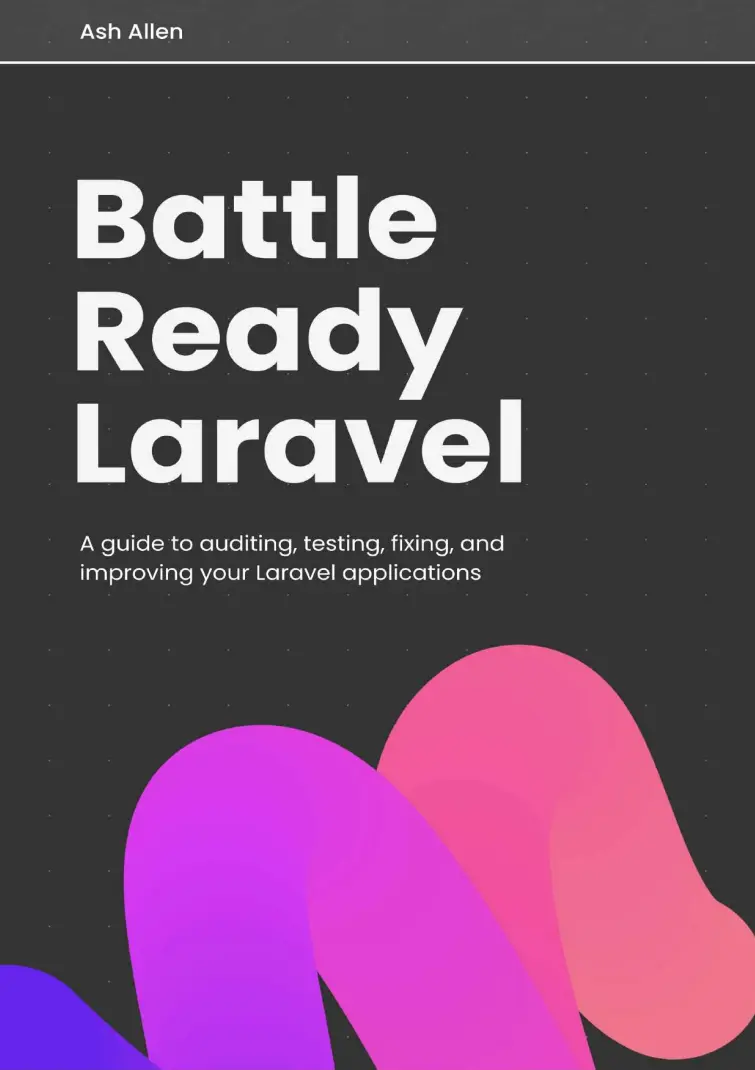
Автор: Allen Ashley
Дата выхода: 2022
Издательство: Independent publishing
Количество страниц: 228
Размер файла: 844,7 КБ
Тип файла: PDF
Добавил: codelibs
Contents
Introduction
Section 1: Auditing
What's Covered?
Planning Your Auditing Strategy
Getting Into the Right Mindset
Recording Your Findings
Automated Tooling
PHP Insights
Enlightn
Larastan
Style CI
Code Coverage
Manual Auditing
Investigating "raw" Database Queries
Finding Incorrect Authorisation
Checking Validation
Finding "Fake Facades"
Finding Business Logic in Helpers
Finding N+1 Queries
Finding Controllers That Use Other Controllers
Finding Logic and Queries in Blade Views
Finding Hard-Coded Credentials
Check Open Package Routes
Reviewing Project Documentation
Section 2: Testing
What's Covered?
Planning Your Testing Strategy
The Benefits of Writing Tests
Spotting Bugs Early
Making Future Work and Refactoring Easier
Changing the Way You Approach Writing Code
Tests-As-Documentation
Prove That Bugs Exist
Structuring Your Tests
Directory Structure
Choosing What To Test
Test Structure
Data Providers
Writing the Tests
Prioritising Mission-Critical Tests First
Writing the Rest of the Tests
Benefits of Writing the Easy Tests First
Preventing Test Fatigue
Testing Your UI with Laravel Dusk
Installation
Testing a Simple Form
Dusk Pages and Selectors
Running Failed Tests and Groups
Creating a CI Workflow Using GitHub Actions
Using an .env.ci File
Running the Test Suite
Larastan
Laravel Dusk
Output
Section 3: Fixing
What's Covered?
Planning Your Fixing Strategy
Using an Error Reporting System
Types of Errors
The Benefits of an Automated Error Reporting System
Error Reporting Using Flare
Uptime Checking, Queue Monitoring, and Scheduler Monitoring
Uptime Monitoring with Oh Dear
Scheduler Monitoring with Oh Dear
Queue Monitoring with Oh Dear
Updating PHP, Laravel, and Packages
Upgrading in Small Increments
Automating the Upgrade Using Laravel Shift
Planning Upgrades Early
Using a Suitable Local Development Environment
Using Tests to Fix Bugs
What is Test-Driven Development?
The Advantages of Test-Driven Development
The Disadvantages of Test-Driven Development
Fixing a Real Bug Using Test-Driven Development
Safely Removing Dead Code
Checking the Version Control History
Scream Test
Logging or Reporting the Usage
Removing the Code with an Atomic Commit
Section 4: Improving
What's Covered?
Planning Your Improvement Strategy
Making the Most of PHP's Type System
Using Type Hints and Return Types
Union Types
Type Hints and Return Types in Closures
DRYing Up Your Code
Advantages of DRYing Up Your Code
When to DRY Up Your Code
Refactoring Conditions
Reducing Indented Code
Replacing if and elseif with match
Using the Nullsafe Operator
Using Database Transactions
Adding the Database Transactions
Manually Using Database Transactions
Tips for Interacting with Third-Party Services
Using Automatic or Manual Transactions
Dispatching Queued Jobs inside Database Transactions
Improving the Testability of Your Code
Using Objects Over Arrays
Final Words
Discount Codes
Flare
Oh Dear
StyleCI
Laravel Security In Depth
Battle Ready Laravel is the guide I wished I had when I first became a developer. It offers junior developers and seasoned pros alike with a complete blueprint for improving their Laravel applications.
You’ll learn how to more easily identify and fix bugs that are worrying you and reduce the chance of future code containing bugs or errors. I’ll also show you ways of improving your code to make it more testable, maintainable and readable.
By the end of the book, you’ll become a more competent developer and finally be able to unleash your apps onto the world with more confidence. It’s packed full of actionable strategies you can start using right away to improve your existing Laravel apps - and build better new ones.
